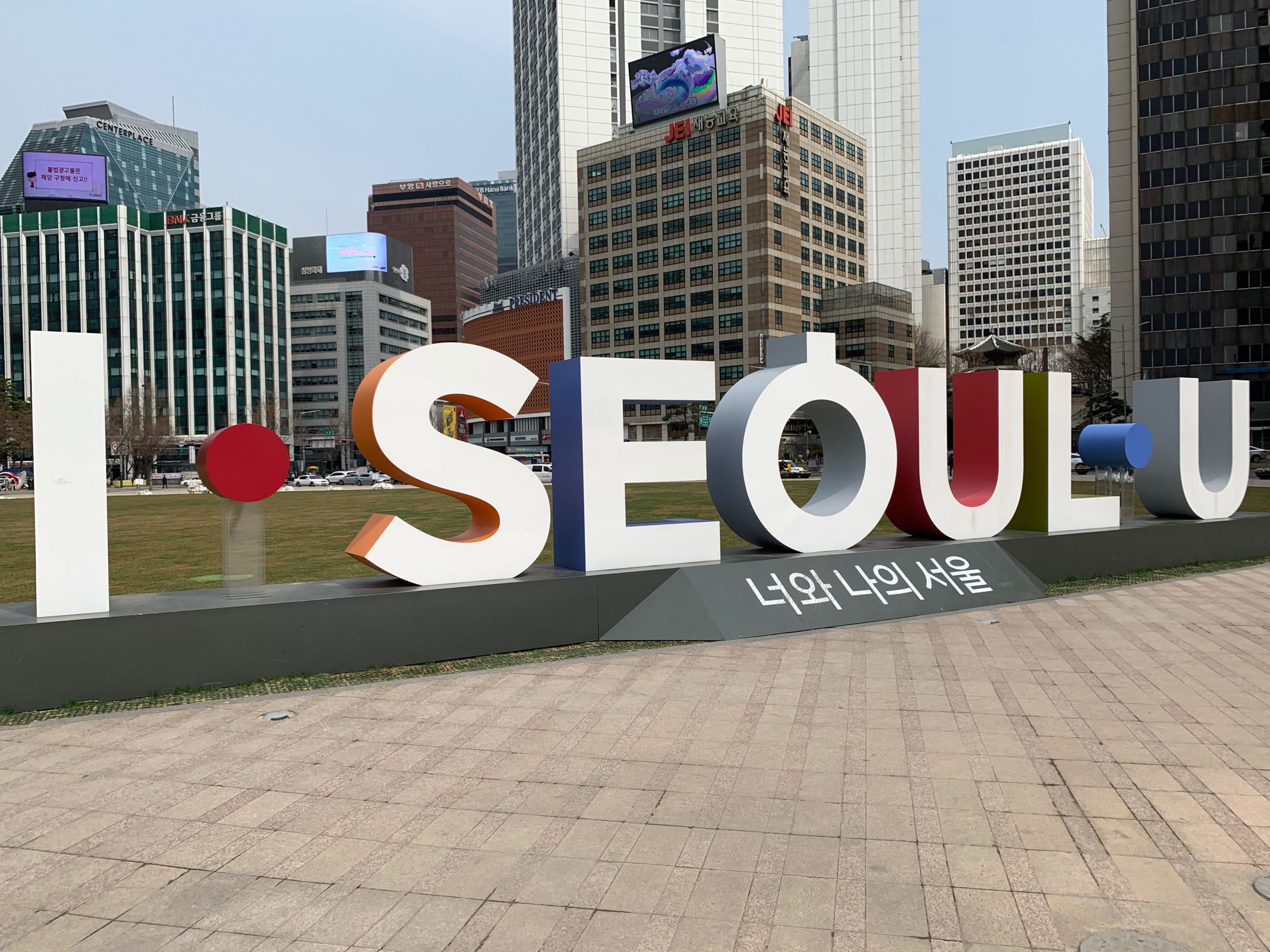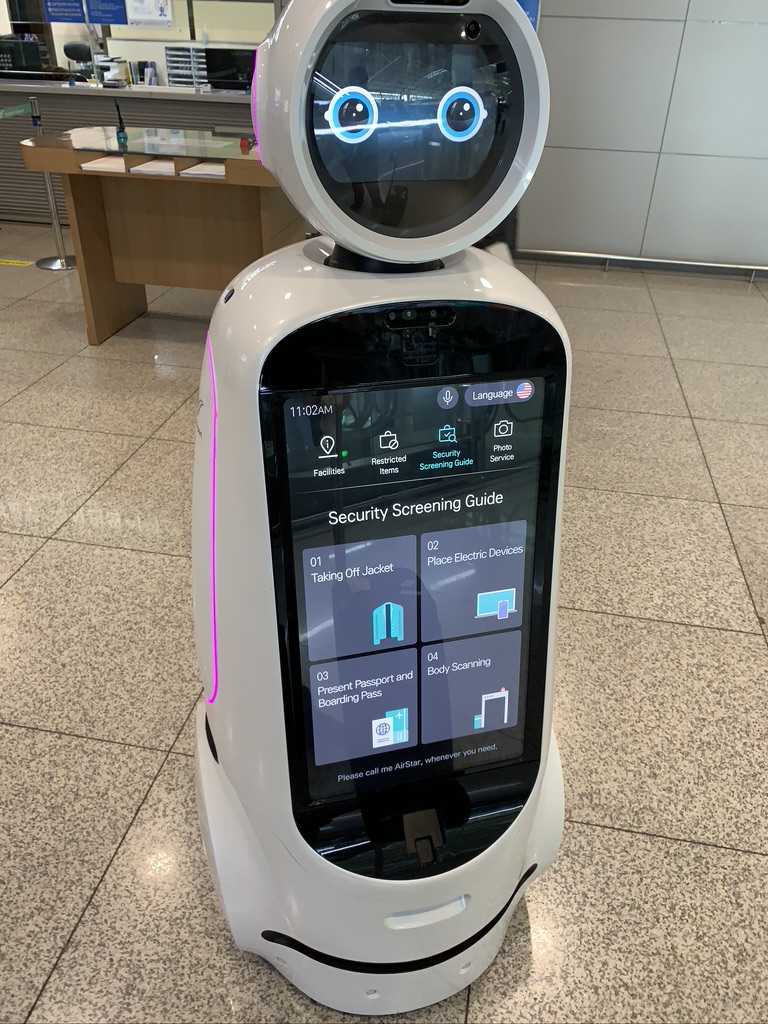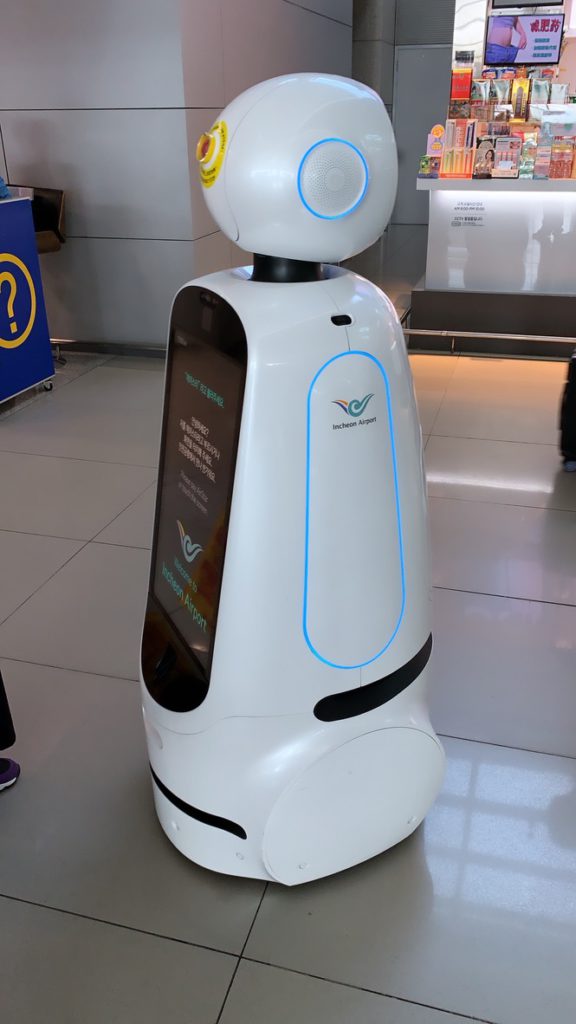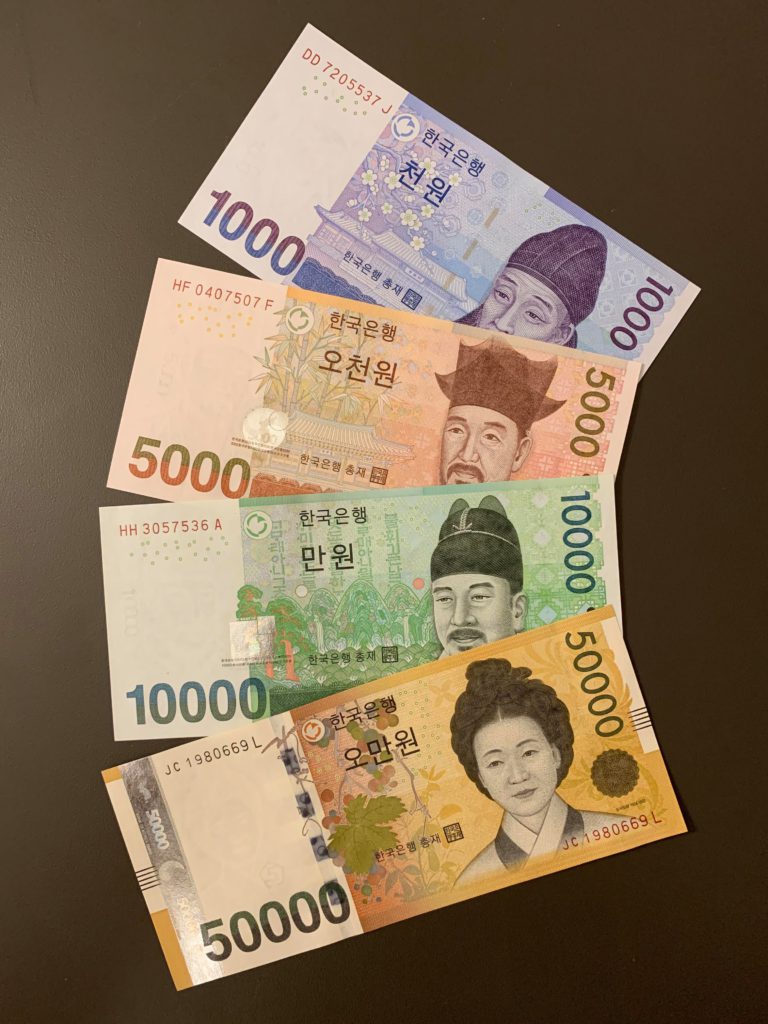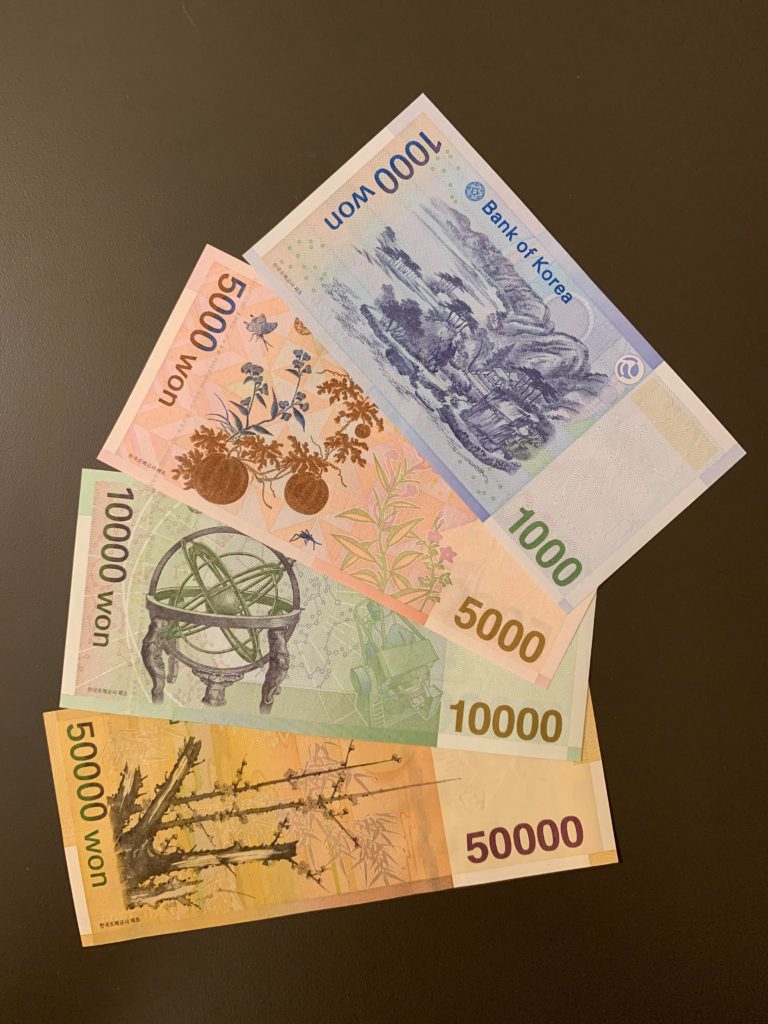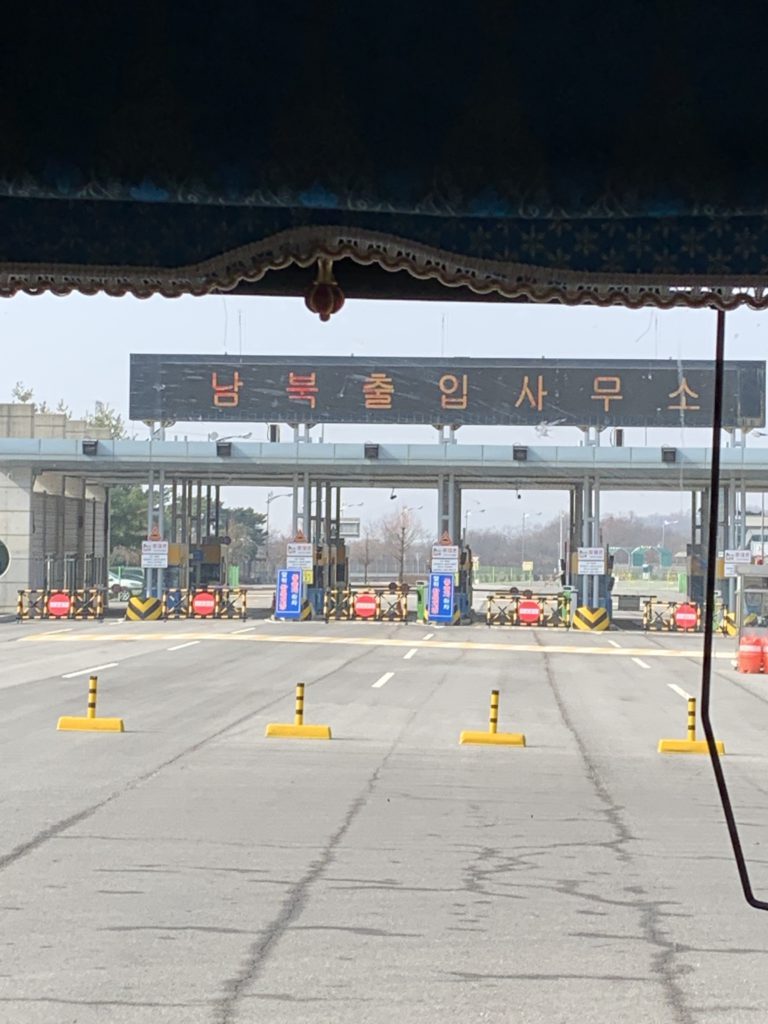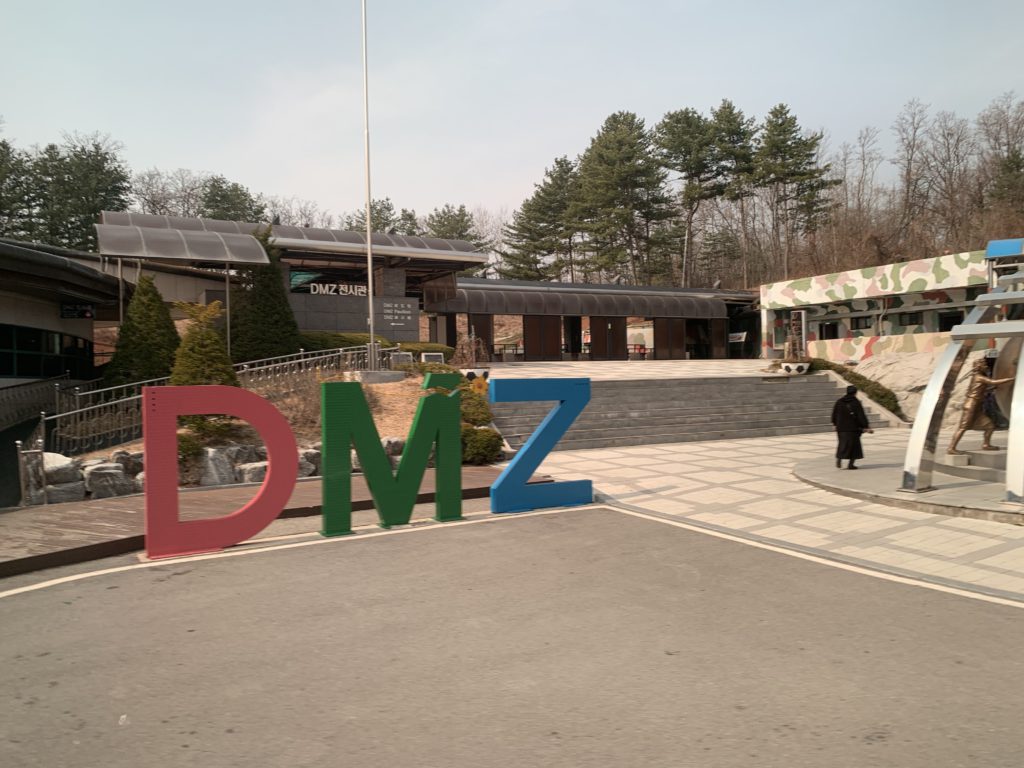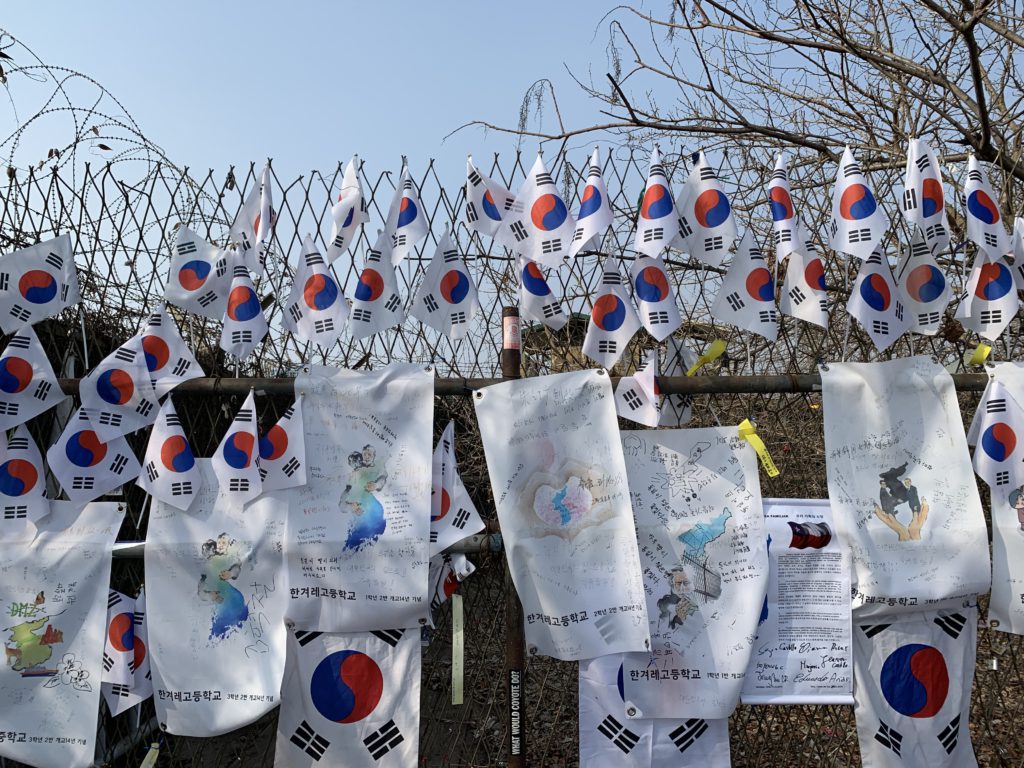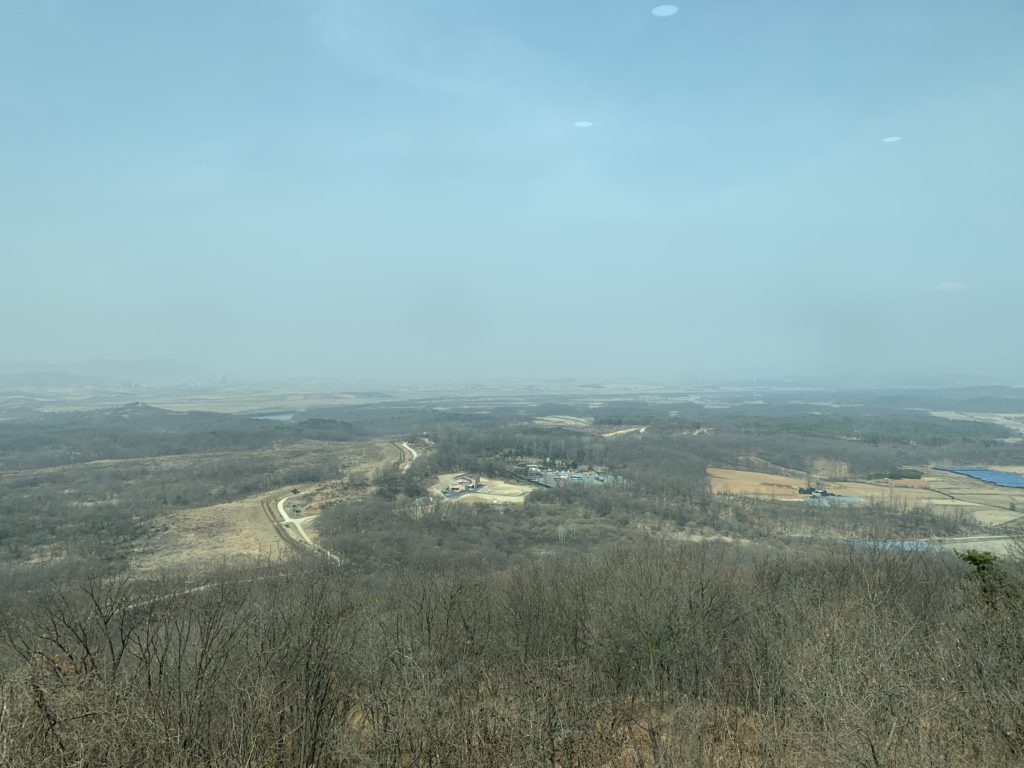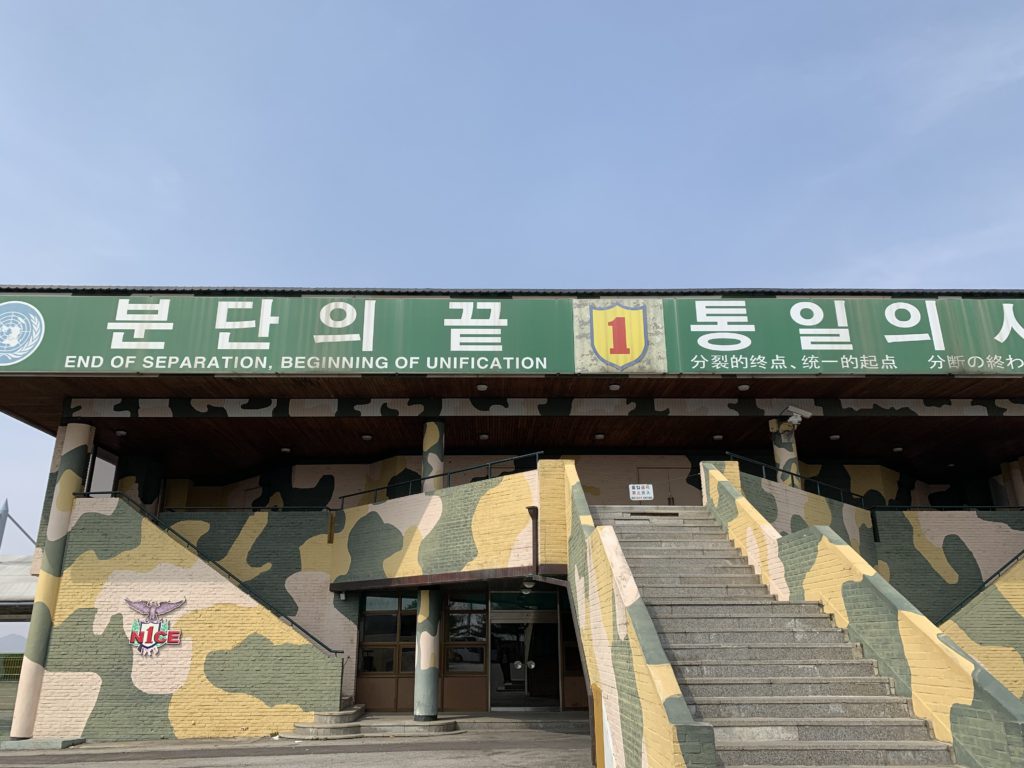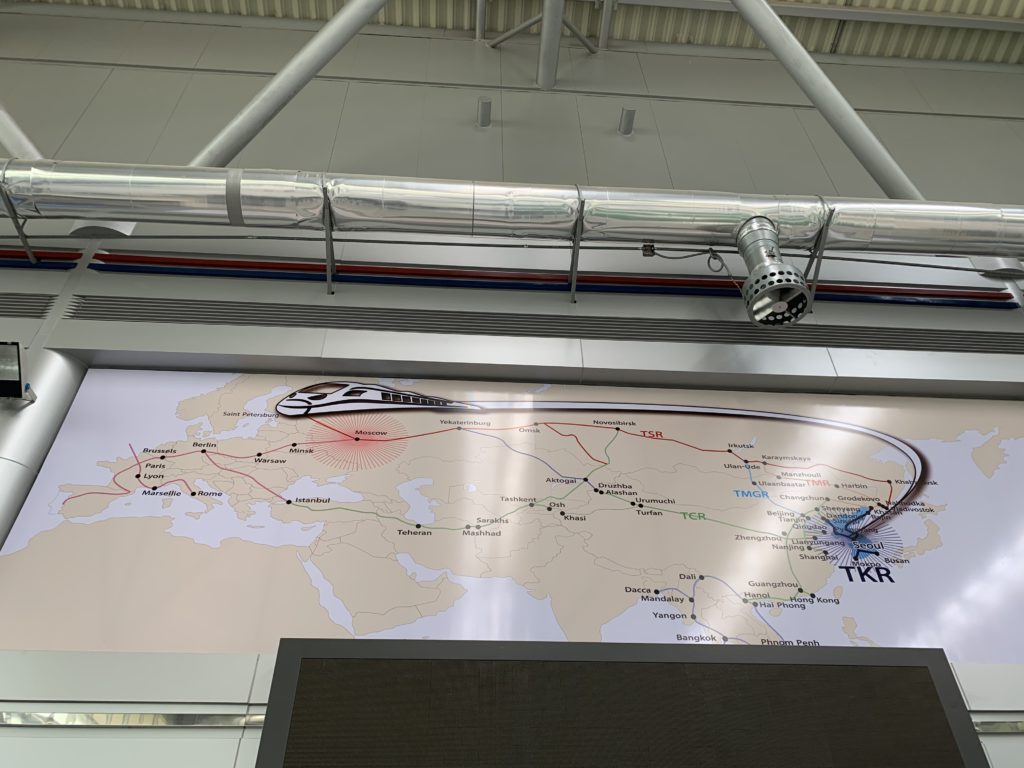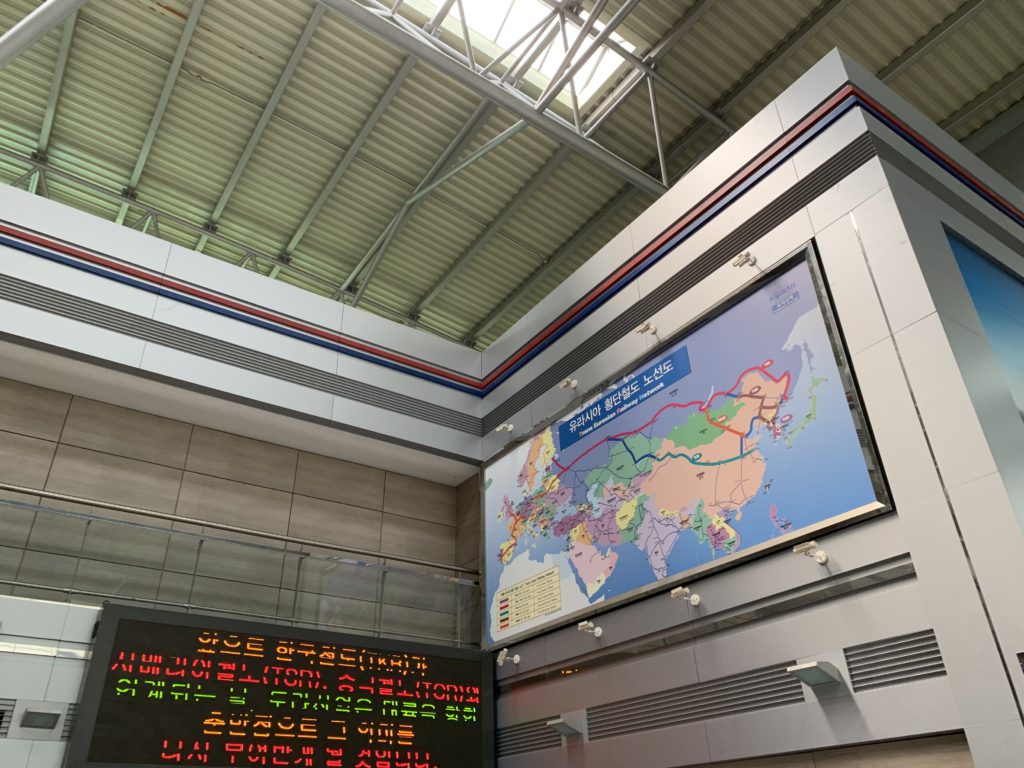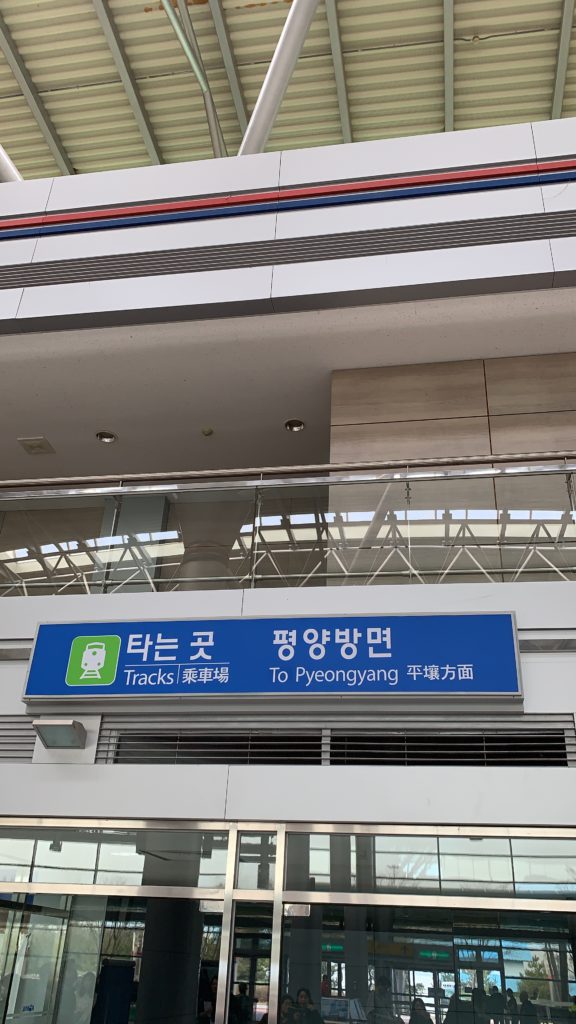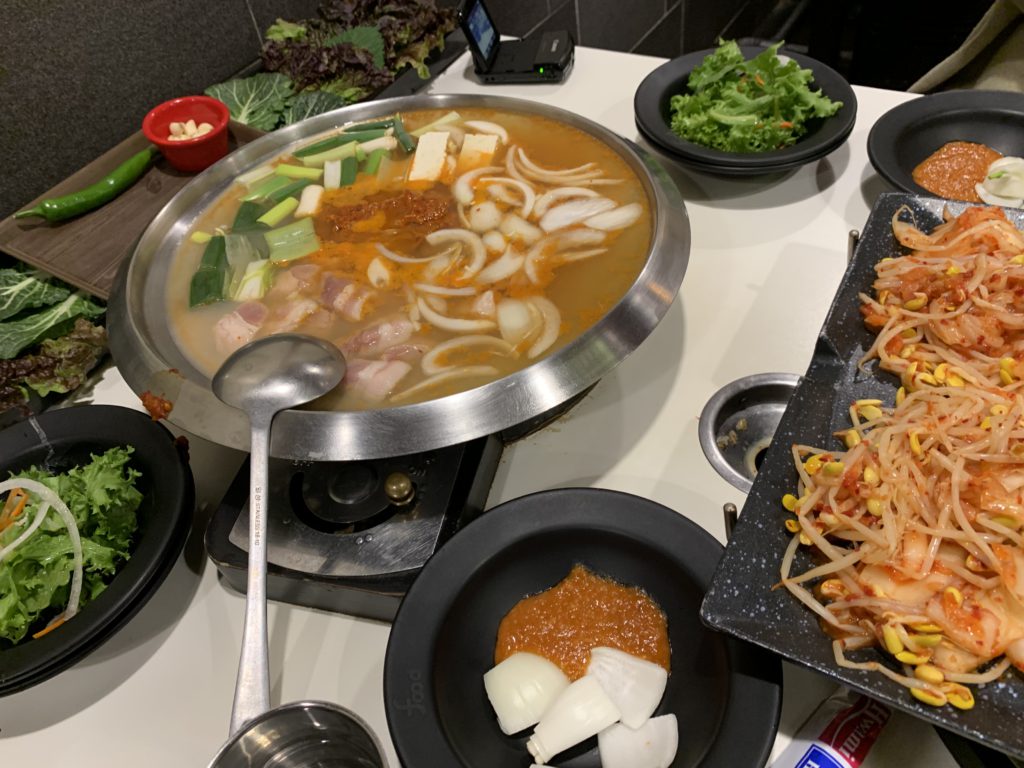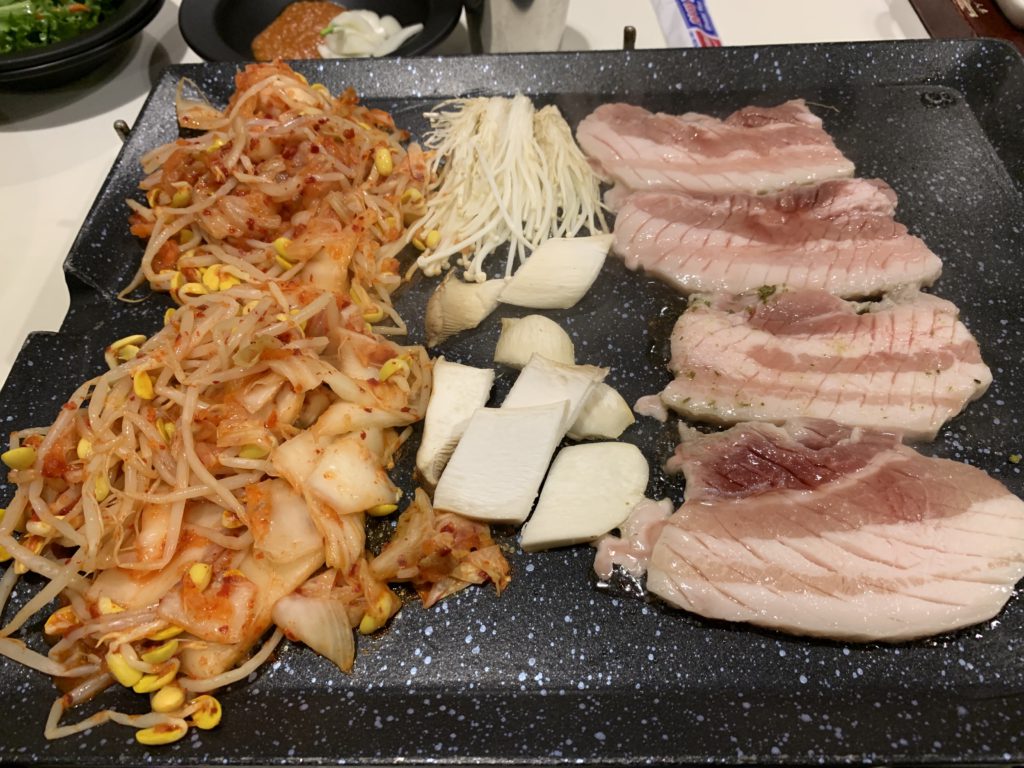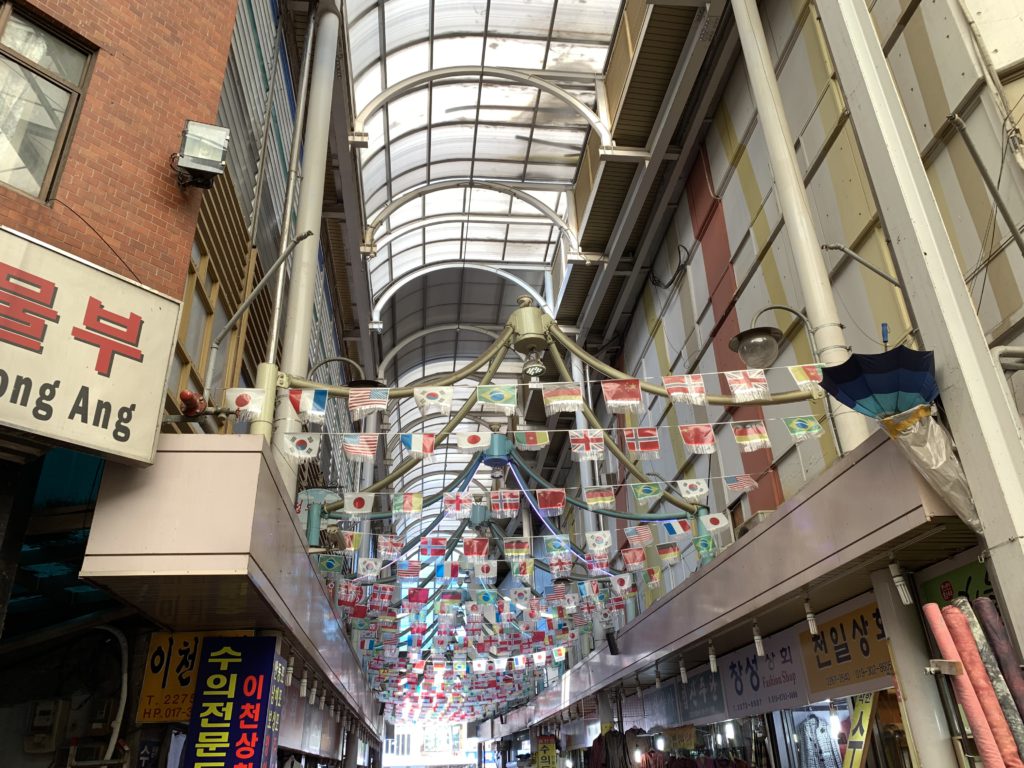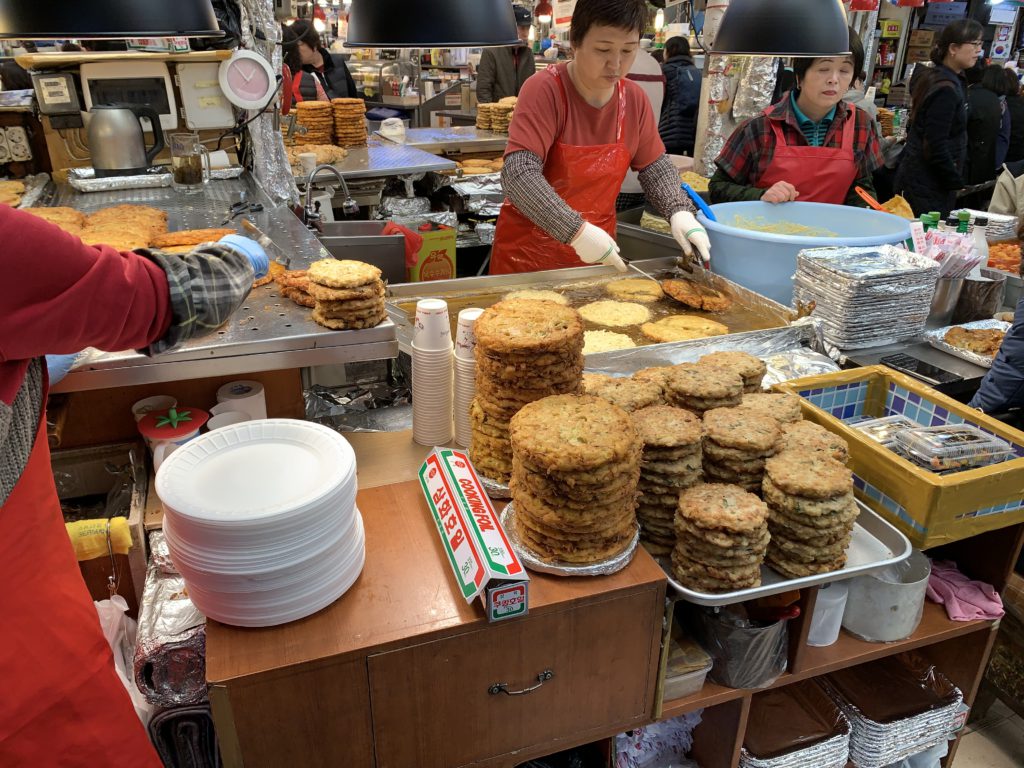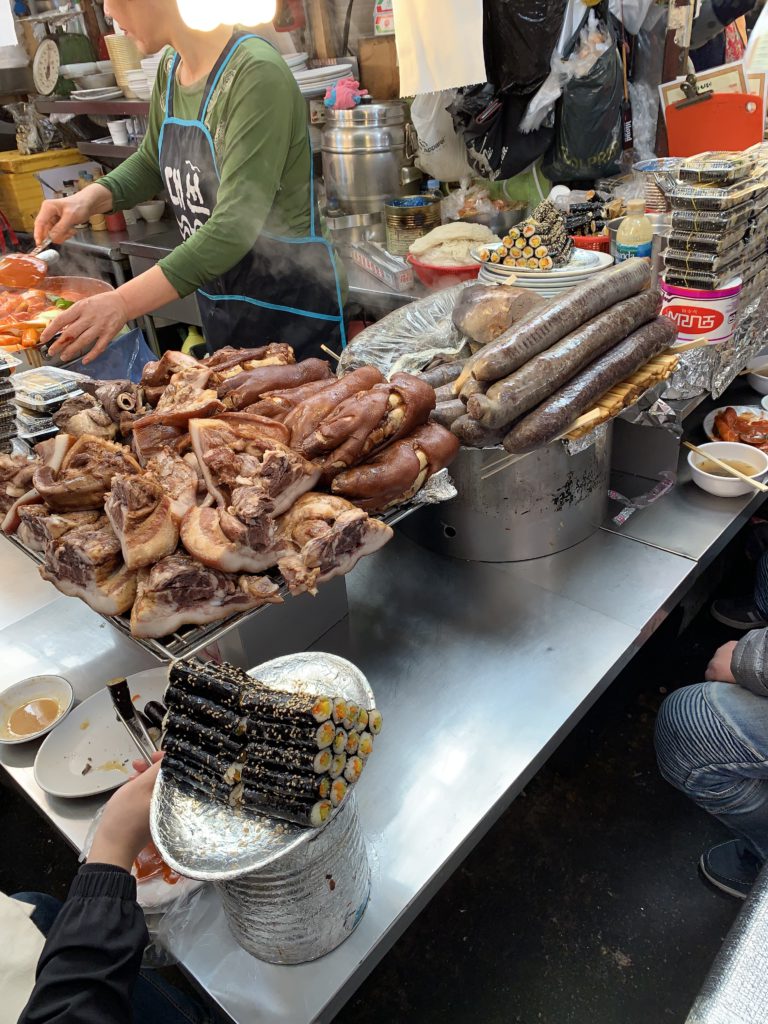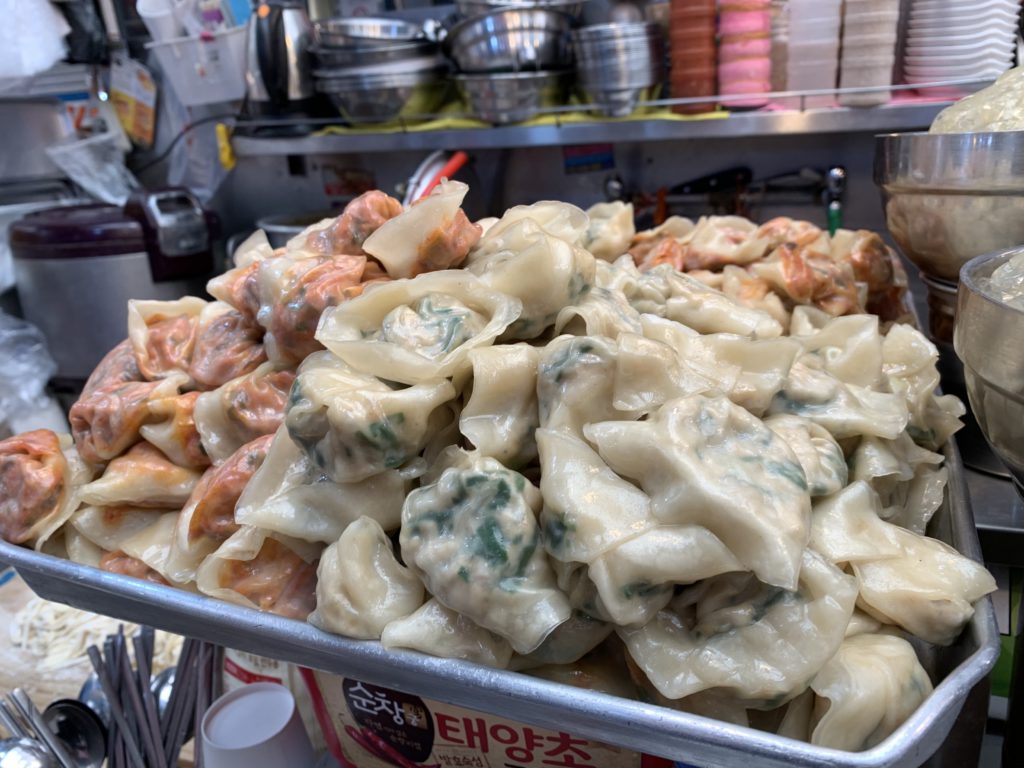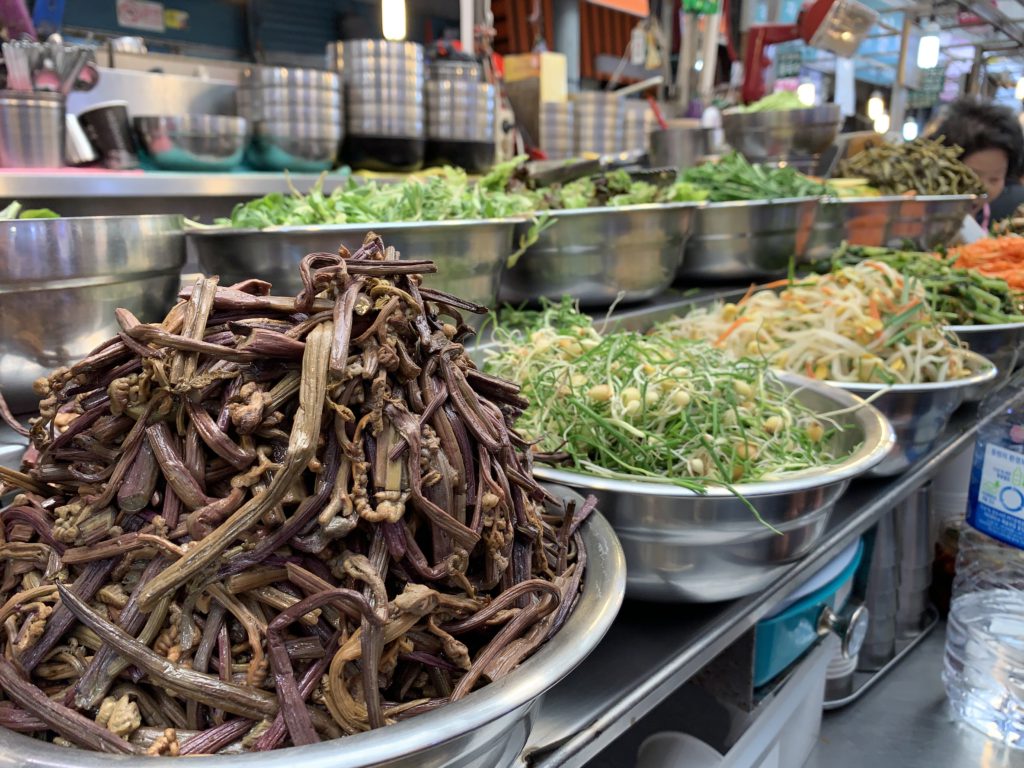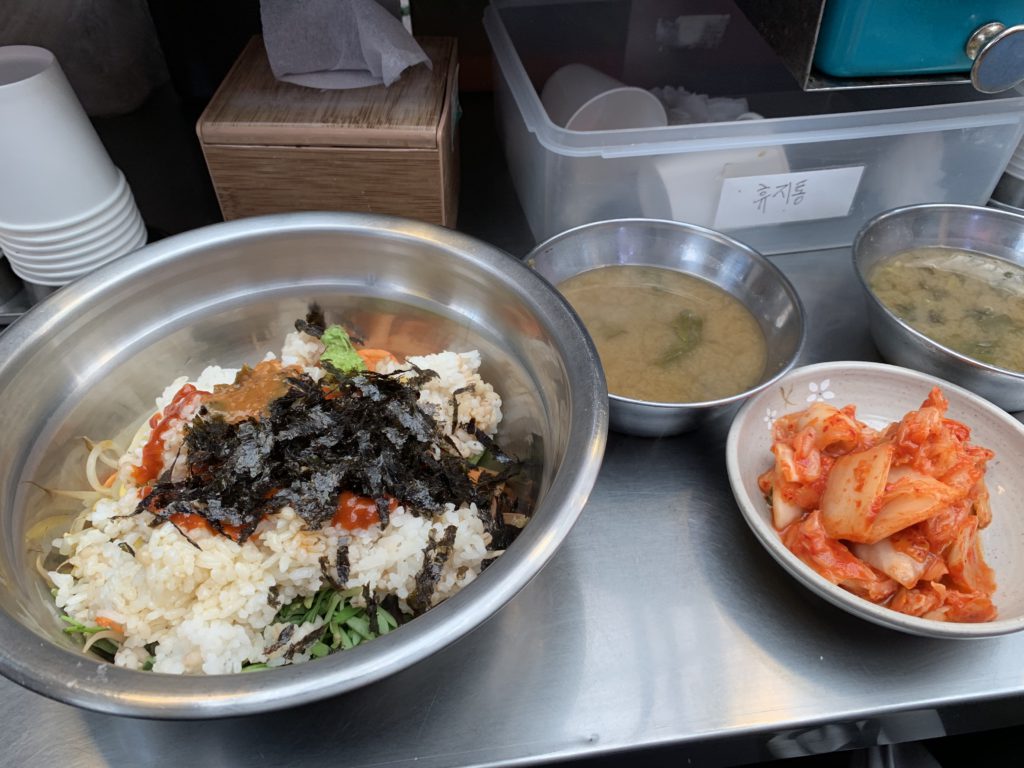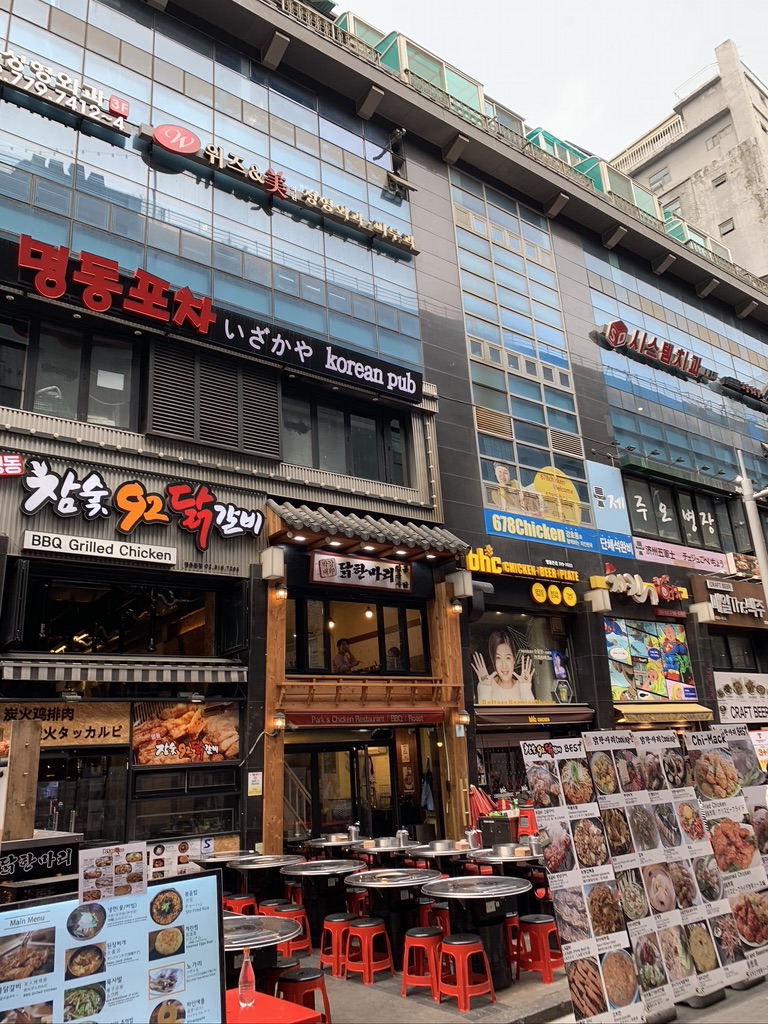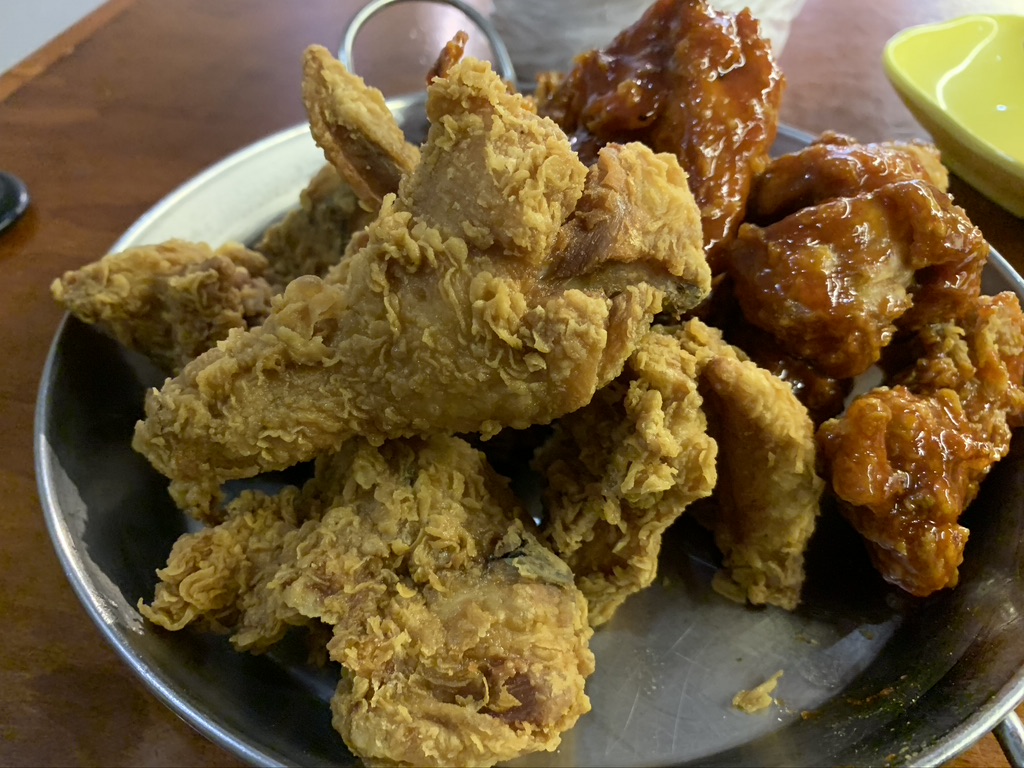Dates Visited: March 28 – April 3, 2019
Introduction
My first introduction to beautiful Seoul of South Korea was on a whirlwind 12-hour overnight layover in 2018. Not knowing when my next trip to Seoul would be, I spent the better part of those 12 hours roaming the streets of Seoul in the darkness of night. Perhaps, those hours would have been better use in a Hongdae hostel bed. Alas, I’ll never know. Seoul, I’m back and this time – I’m staying for over a week to celebrate my 21st birthday.
Arriving
Incheon International Airport (ICN)
One of the world’s top ranked airports – Incheon International Airport is the main gateway to not only Seoul but South Korea. Located outside of Seoul city center, ICN serves non-stop flights to the Americas, Europe, Middle East, Asia, and Oceania. Definitely one of the most posh airports (ranks among HKG, but not as great as SIN though) in Asia, it includes shower facilities for transit passengers, free daily Korean cultural performances and talking navigation robots. There are two trains that run from ICN to Seoul (AREX Local & AREX Express) – I would recommend the Express train (less stops, faster, and you’ll have a seat). The local trains are part of the Seoul Metro system and can be crowded during peak hours.
Immigration/Customs
Korean immigration was one of the fastest experiences I’ve had at an airport. A passport scan, fingerprint taking, and within minutes you’re on your way out of the airport. Korea stopped stamping passports unfortunately and now they only issue paper entry confirmation slips.
Lounges
ICN has a number of Priority Pass lounges available but with my limited time, I only visited the Sky Hub lounge in Terminal 1. I honestly was disappointed by this lounge as there were not that many hot food options during my visit and the alcoholic beverage selection was quite mediocre. There was a bibimbap bar though which was the only highlight really. Maybe, the flagship Asiana lounge would have been a better experience but you need an Asiana or codeshare boarding pass to enter.
Currency
Korea uses the colorful Korean Won (KRW) currency with banknotes in denominations of 1000, 5000, 10,000, and 50,000. Rule of thumb is 1000 KRW is about $0.81-$1 USD. You’ll most likely start off with 10,000 and 50,000 notes and eventually break them down to smaller bills. Credit cards (Visa and MasterCard only) are accepted at many stores and restaurants in Seoul, but smaller shops may only take cash. Currency exchanges and ATMs are readily available in the airport and city, but make sure you find an ATM that clearly states that it accepts foreign debit cards because not all of them do. I had the best luck with my Visa debit card at KEB Hana ATMs.
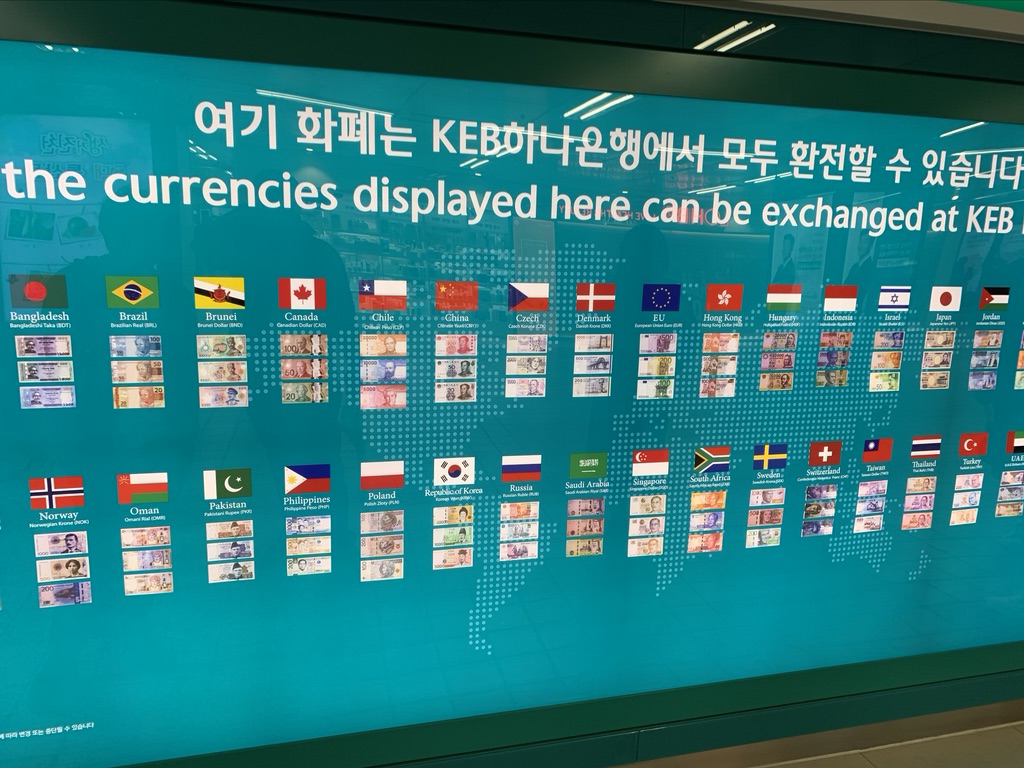
Taxis/Rideshare/Local Transportation
I’ve actually never called a taxi in Seoul and Uber is not available here due to local regulations. Calling a taxi on your smartphone in Seoul requires the use of KakaoTaxi which requires a working knowledge of Korean and a local phone number. Too much hassle? Use the Seoul Metro and city bus system.
To use the public transportation, purchase and load a T-Money card at metro stations and simply tap in to the network. I suggest downloading the free KakaoMetro app (and Google Maps) to navigate the system with its dozens of lines and hundreds of stations. The app will even tell you which doors to use to board the train to have a seamless transfer experience. The metro is cheap and likewise, the bus system is too. I’ve found that the public transportation infrastructure in Seoul was one of the best in Asia and got me pretty much everywhere I wanted to go.
Locals rarely use taxis or Ubers from what I saw. If you really need a taxi though, you can usually hail one off the street but be prepared for a language barrier or rejection if your destination is not where the driver wants to go. In my time in Korea, I only needed to hail a taxi once coming back from Hongdae to Itaewon at 4:00AM when the metro was still closed last train is around midnight and first train is around 6AM). Taxis are pricey though and only accept cash. Use with discretion.
SIM Cards/Wi-Fi
For my trip to Korea, I purchased a SIM card off of Klook for about $10-$15USD depending on the package and it can be picked up at Incheon airport upon arrival. WiFi is available in most places but you may be asked to register with a local phone number for SMS verification. Cellular service is excellent in Korea and Internet speeds can often beat most Western countries even.
Sightseeing
Gyeongbokgung Palace
The main royal palace of the Joseon dynasty built in 1395, this is Seoul’s main tourist attraction. Come here to experience Korean history and culture through this magnificent royal palace. There are ceremonies held almost every hour and the palace itself is an amazing work of architecture. Admission fee is about 3,000 won.
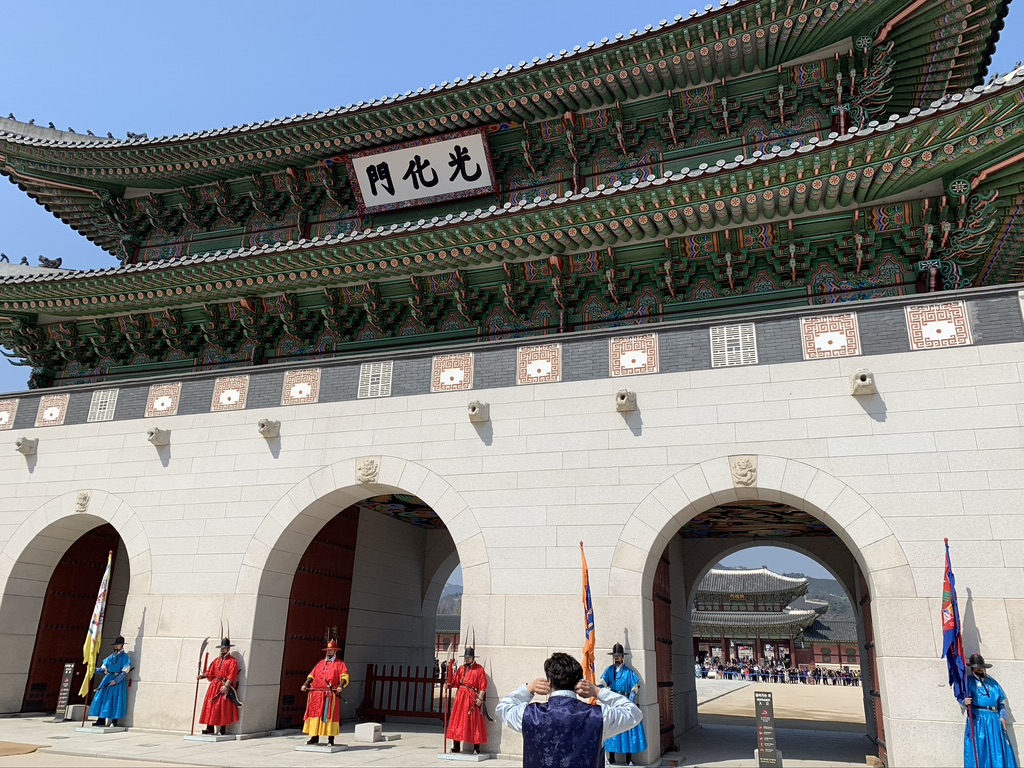
DMZ/JSA Tour
For those of you that watched Crash Landing on You, you’re definitely familiar with the Demilitarized Zone (DMZ) where Captain Ri and comrades step over the Demarcation Line to the North leaving Se-Ri behind in the South. Now for those of you who aren’t into K-Dramas, the DMZ is a relic of the 1953 armistice agreement which divides South and North Korea at the 38th Parallel. While it’s considered to be an active military guarded border, it is also one of South Korea’s most famous tourist attractions. However, getting here independently is not an option. You must go with a tour group, bring your passport, and be cleared by the United Nations security to enter.
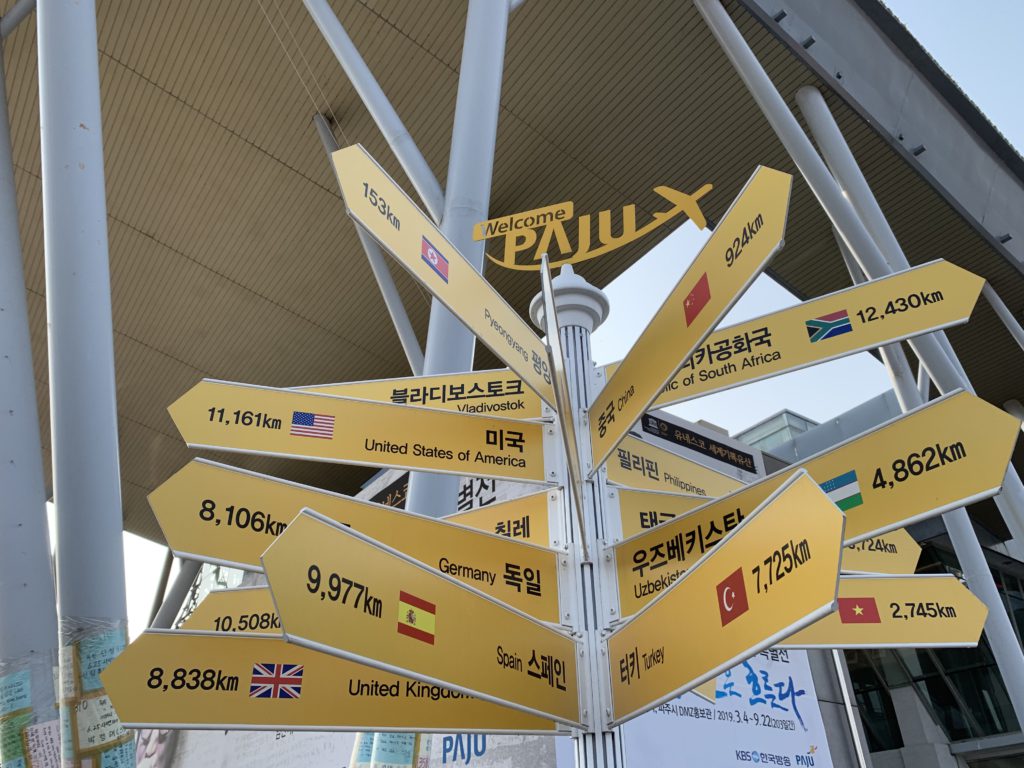
To come here, book a tour on Viator (preferably one with no-shopping to save time), provide your passport information and show up to designated day/time and location with your passport to meet your tour guide. Your tour guide will ask you to fill out a brief form while en route to the DMZ and while you are at one of the rest stops prior to reaching the DMZ, he/she will bring your passport and forms in to the security for verification. I’m not exactly sure what they check/what the criteria is since no one on my bus had issues but I speculate that there is some sort of blacklist for visitors to the DMZ. If all goes well, you are returned your passport and you proceed to the DMZ area which consists of the Dorasan Station, Dorasan Observatory, the invasion tunnels and the Joint Security Area (blue houses) area.
During my visit, the Joint Security Area was closed due to geopolitical tensions but we did visit the 3rd invasion tunnel , the Dorasan train station, and the observatory. For someone that is 6 feet tall/185cm, the invasion tunnel was an hour of back pain from bending over and avoiding head injury. Be prepared to bend over the entire way through the long tunnel as these tunnels were built for someone that is 5 feet/15cm, not my height. You are given a safety helmet as these tunnels are not exactly expanded for tourists or refurbished – these are the authentic tunnels dug by the North Koreans.
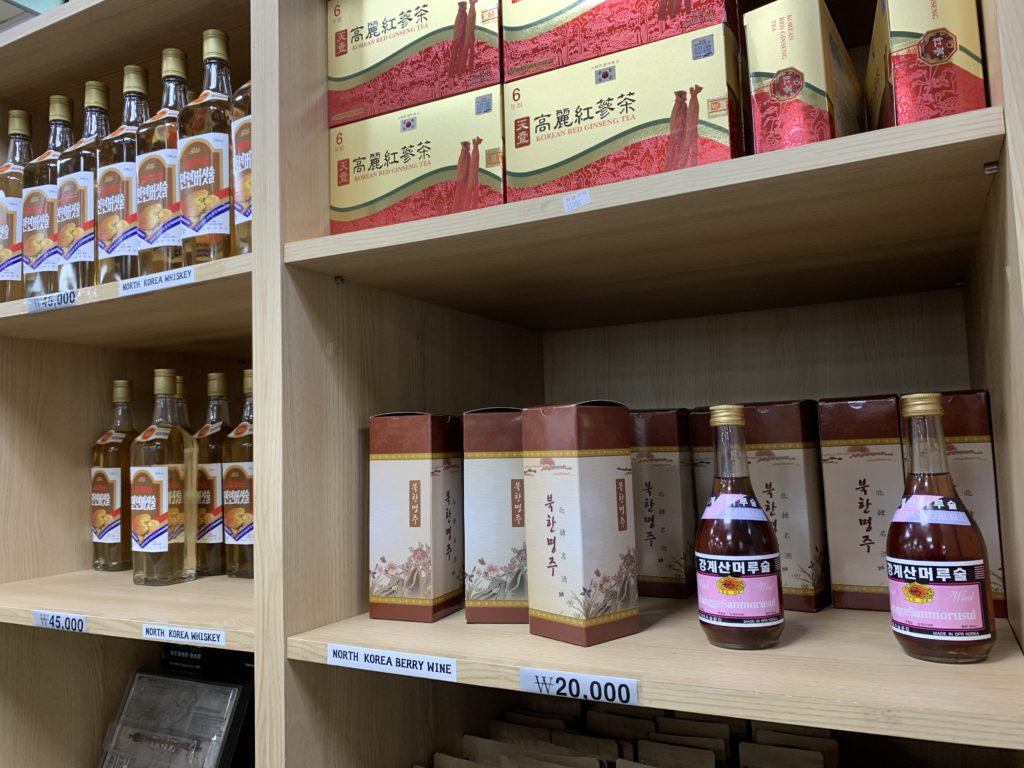
The Dorasan train station was a sobering experience though – it was built with complete rail and customs infrastructure to support a Trans-Korean railway system when reunification happens. You can buy a Korrail “train ticket” to Pyongyang and get some stamps at the gift shop for about 1000won – except the train never leaves. Today, it sits dormant waiting for a day that the country is reunified and at that point it will be possible to take a train through the entire Korean peninsula, through China and to Europe – from Seoul. The observatory had free telescopes to look into North Korea but due to fog, we couldn’t see much besides the shadow of their tall flagpole.
Kimchi Museum
This is a cute little museum that talks about the history and process of making kimchi. They also host kimchi making classes and yes, there are free samples available. If you’re stuck in rainy weather like I was, spend a few hours here to learn about a Korean culinary delight. Purchase your tickets on Klook for the best prices.
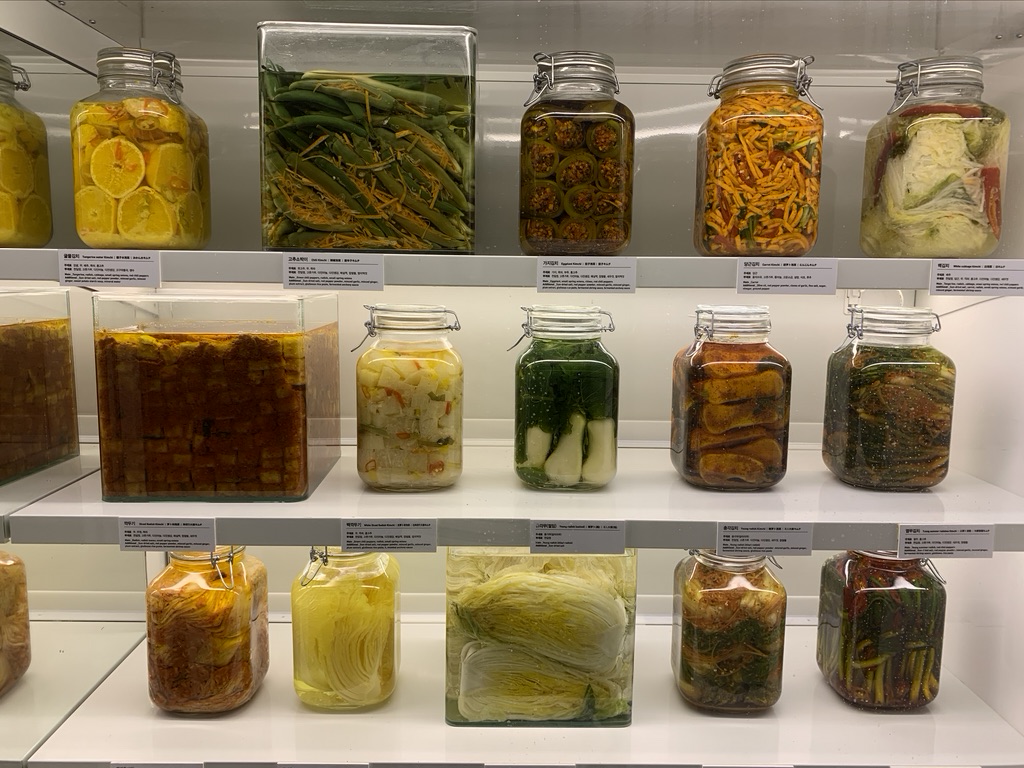
Namdaemun Market
Another famous market in Seoul and where I spent most of my all-nighter in 2018 – Namdaemun is open until almost 4AM and sells mainly clothes but there are also food options. Cash only.
Dongdaemun Design Plaza
DDP is a neofuturistic park/exhibition hall/plaza in the heart of Seoul. Come here for cool photos and to see some of the coolest futuristic architecture in Korea.
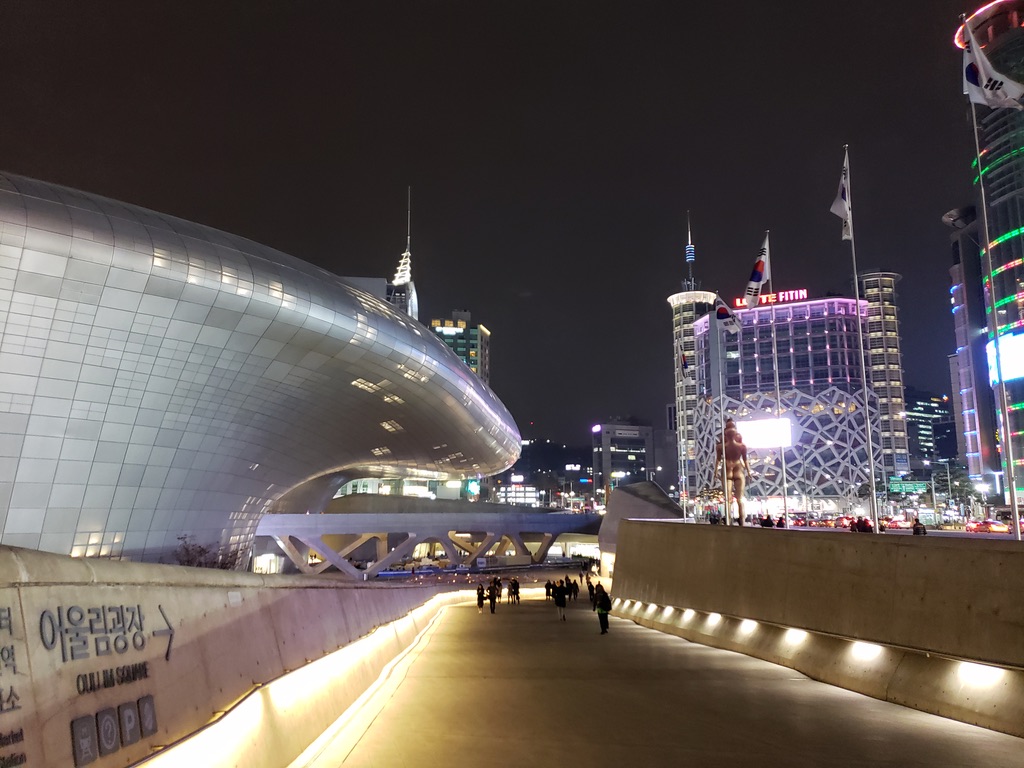
Common Ground
Outside of Seoul center, this is a shopping mall built in the form of shipping containers. An Instagram famous attraction, come here for hip photos but do note the stores and food options in the mall are on the pricey side. It is far outside the city (accessible by Seoul Metro though) so make about 2-3 hours time for your visit.
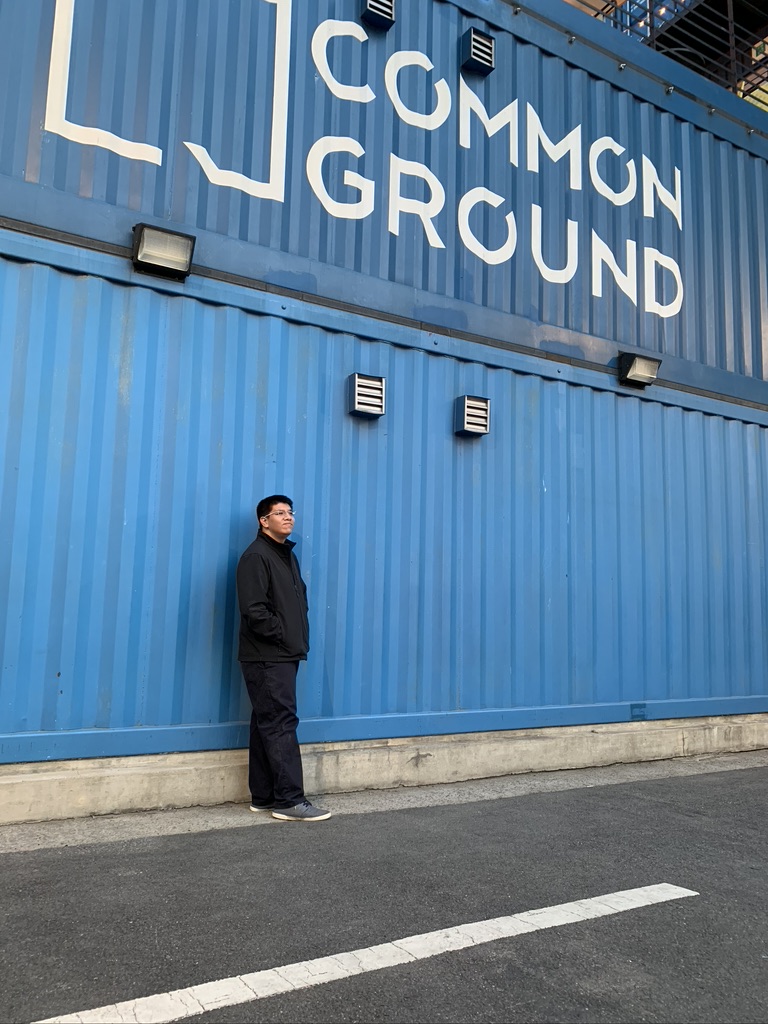
Hongdae Area
This area due to its proximity to local universities is a frequent haunt for Korean college students. Come here for shopping, food, and nightlife. My favorite nightlife spots include a:tension, NB2, and Madholic. There are also daily street performances and a selection of street food vendors too. Line 2’s Hongik University Station will bring you about to the center of Hongdae. This is also a popular place to stay with many reasonably-priced hostels and AirBNBs based here. Cash only for the most part.
Myeongdong Shopping District
If you’re looking for Korean skincare and cosmetics or clothing, Myeongdong has it all. This is the central shopping district of Seoul and you can find pretty much any skincare brand or clothing store here. Cash and credit cards accepted at most, and bring your passport to get a sales tax refund if you spend over a certain threshold. To get here, look for the flagship Nature Republic store – that’s how you know you are in Myeongdong.
COEX Gangnam
In the heart of Seoul’s posh Gangnam district is the COEX Mall and Starfield Library. This is another famous Seoul photo shoot location and the library is open to the public for free. The SMTown Museum is also located in this complex for K-Pop fans. About 45 minutes away from central Seoul, take the Metro here.
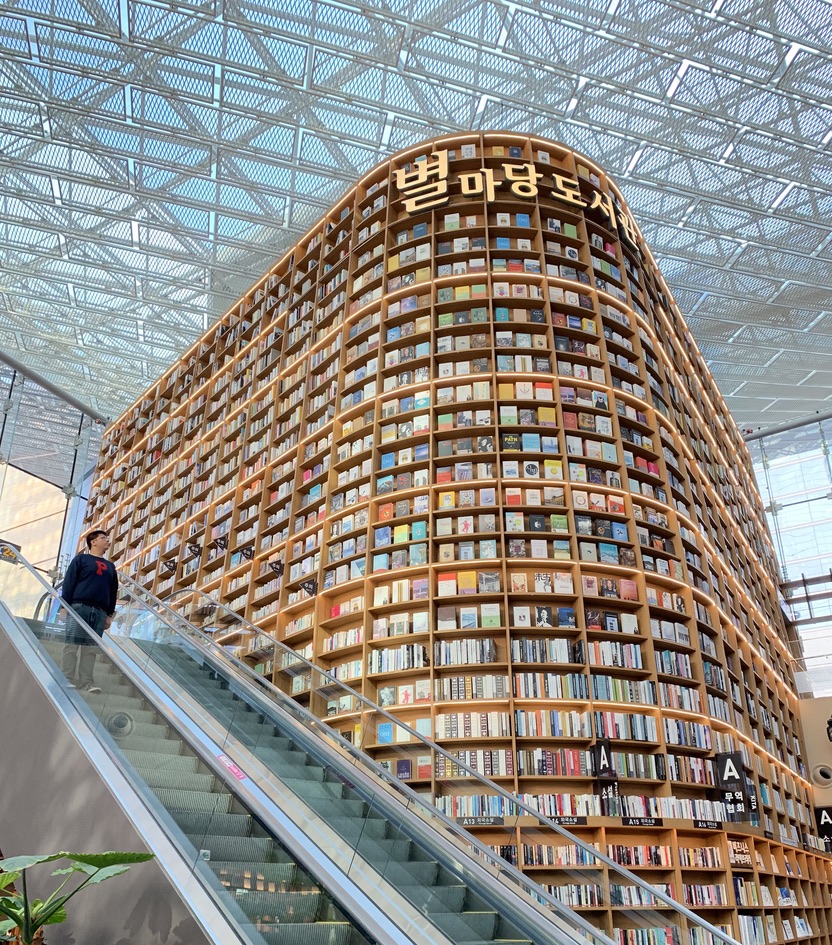
Itaewon District (Itaewon Station)
One of my friends on the trip who stayed with me in Itaewon described the area as resembling “Adam’s Morgan in Washington, D.C.” Now, since he goes to school in D.C. there just might be a bit of bias. But in my personal opinion, that’s not too far off from the truth. Itaewon, close to Yongsan Garrison – a U.S. military base is often known as the “expat” or “foreigner” district of Seoul.
This is where you find the best non-Korean food in Seoul from Turkish kebab, Mexican tacos, American hamburgers, and even Italian gelato open to the late hours of the night. There was even a H&R Block presence advertising tax return filing for American expatriates. Throughout the streets of Itaewon, you can find an upbeat nightlife scene that caters mostly to older and foreign crowds in contrast with Hongdae which caters to mostly college-aged and local crowds. Most places should accept credit card but be prepared with cash just in case.
Food/Drink
Palsaik Samgyeopsal
This one may seem like a tourist trap restaurant at first with a busload of Chinese tourists exiting as I arrived but the pork belly does live up to the hype. Palasik is known for their 8 flavors of pork belly on a Korean barbecue grill (hot, miso paste, curry, herb, garlic , wine, ginseng, and pine leaves). Come here with friends though as portions are very large and could easily fill up four people. The set menu comes with a soup, the pork belly, and all of the appetizers your heart could ever dream of. Credit cards and cash accepted.
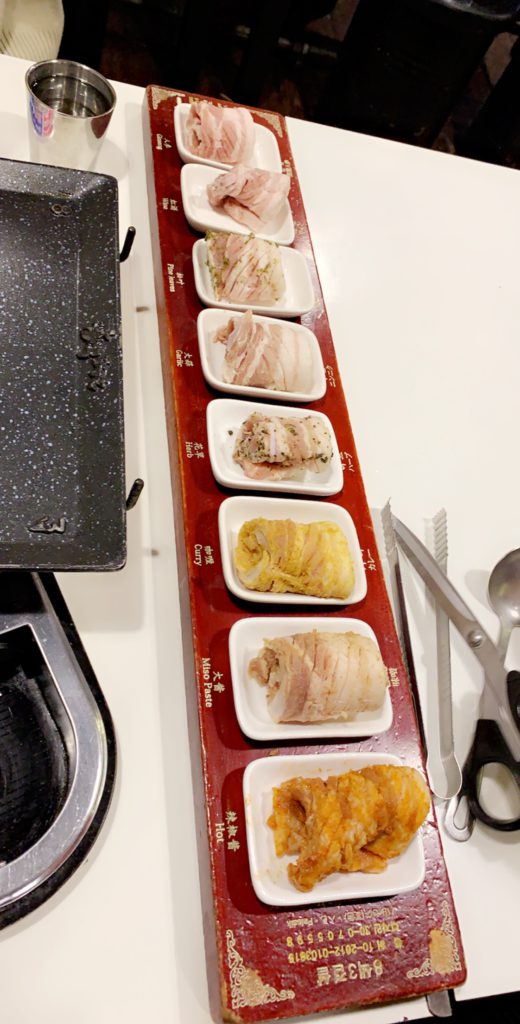
Gwangjang Market
Gwangjang is a street food market serving traditional Korean foods from mandu to bibimbap to noodles and more. Each stall is a different vendor and they generally sell similar items. Take a walk around first to see the entire offerings before selecting. My favorites include the kimchi dumplings, the mung bean pancakes, and mini kimbap. Cash only.
Meat-ing
This is an all-you-can-eat Korean BBQ buffet restaurant in Hongdae with all of the classics. To my recollection, it was about $15USD per person for dinner and my friends and I left stuffed. Restaurant is not well ventilated so come ready for you and your clothes to smell like the delicious bulgogi afterwards. Not the best quality meats I’ve seen but for the price and AYCE, you can’t beat it. Cash and credit card accepted.
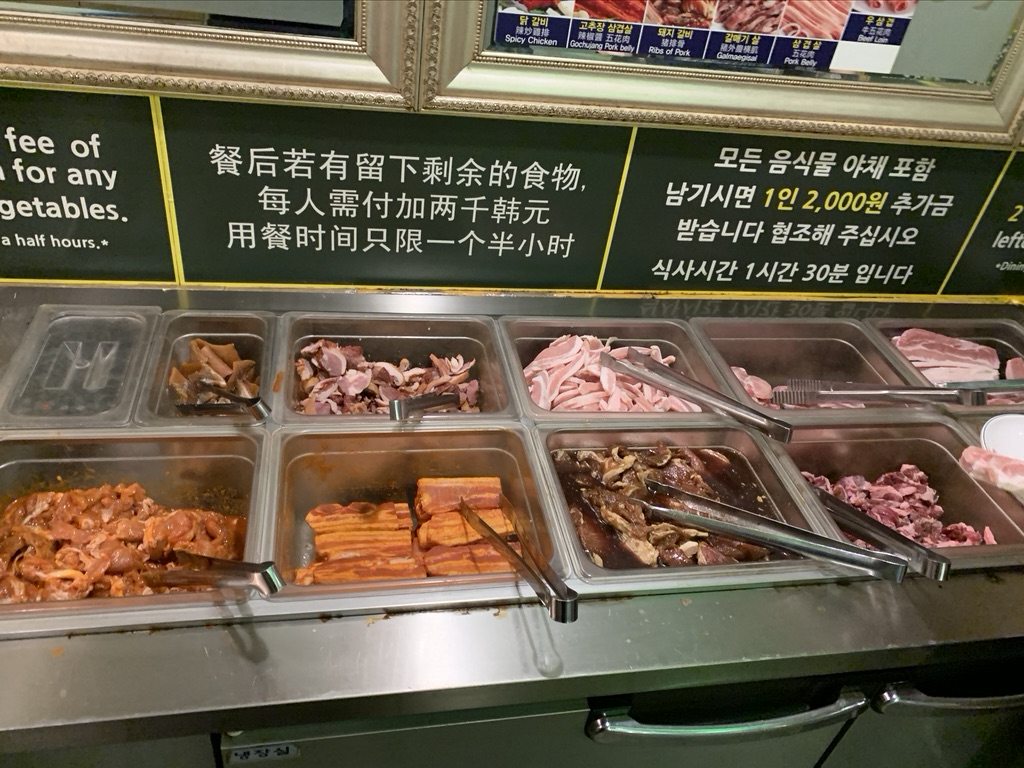
BHC Fried Chicken
After a morning at the DMZ, I stopped here to get classic Korean fried chicken – there are so many options in Seoul for K.F.C and I like to compare it as coming to Philadelphia and trying to find the “best cheesesteak” – everyone has their own opinion and while some places are better than others – there is almost never a clearcut winner. Likewise, the district that BHC Fried Chicken is in (Euljiro 1-ga Station) has so many options that it’s hard to even pick. Portions are large so bring a friend! Cash only during my visit
Myeongdong’s Street Food Vendors
In the Myeongdong shopping district, there will be street food vendors lined up alongside the streets selling fried chicken, tteokbokki, tempura shrimp, rice cakes, juices, and more. Most vendors are there throughout the day but more come out at night. If you’re hungry while shopping, these are good snacks to hold you over until dinner. Cash only.
Lotte Mart (Seoul Station)
This is the Korean version of “Walmart” basically – come here if you need to find supplies, groceries, beverages, Korean snacks, and more. Soju goes for about 1200won/bottle ($1USD) – an incredible price compared to the crazy $13USD you pay in San Francisco or New York. There’s a few Lotte Marts scattered throughout the city but the one by Seoul Station seems to be the largest. It is closed every other Sunday though. Cash and credit cards accepted.
No-Name Bibimbap place near Itaewon Station
I arrived to the AirBNB almost close to midnight and with fewer food options available, I found a small establishment about 50 meters south of Itaewon station serving classic Korean cuisine – bibimbap, samgyeopsal, bulgogi and galbi. I’m not sure what the name is but you should be able to find it if you walk around the area.
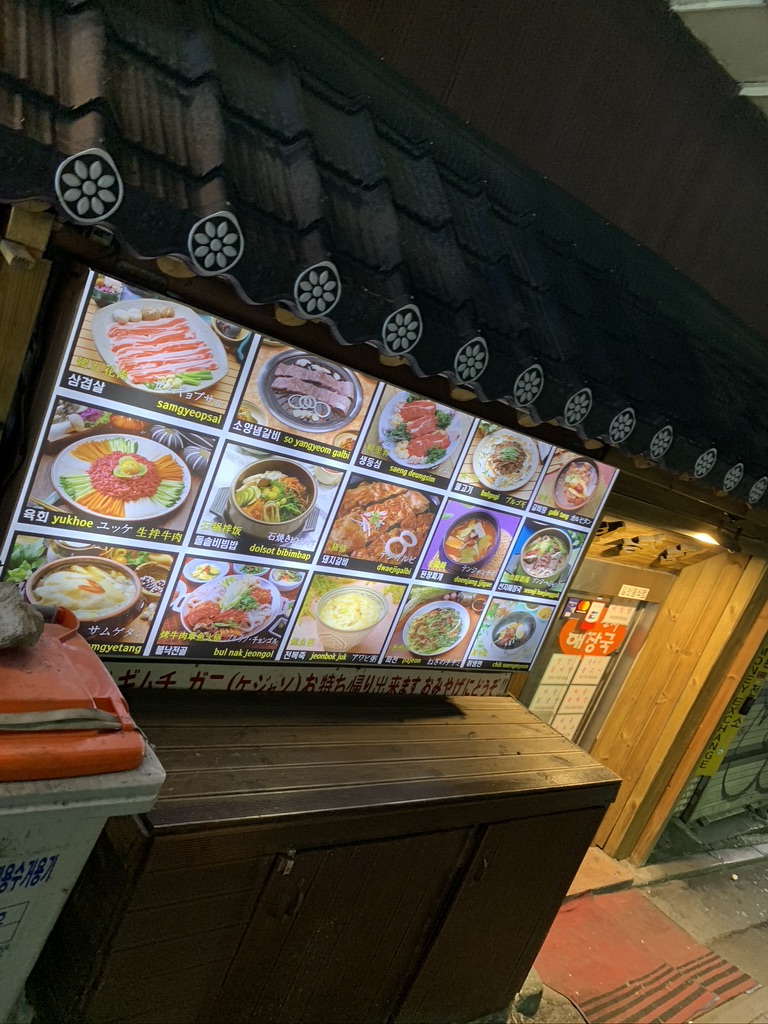
Accommodation
This is a very budget-friendly and no-frills AirBNB I stayed in during my Seoul trip. A very small room with only two beds and a shared bathroom but the location is 5 minutes walking from Itaewon metro station (albeit it is a steep uphill walk to get to the AirBNB). If you’re interested in staying closer to the Itaewon nightlife scene and happenings, definitely consider staying here. Host was responsive and friendly. Good choice for budget travelers.
Hongdae AirBNB/Hostels
Next time I am in Seoul, I would personally stay in Hongdae instead of Itaewon to be closer to the nightlife and happenings. While Itaewon has its own nightlife scene with many things to do, the Hongdae crowd is definitely more of my vibe. My friends who stayed in hostels/AirBNBs in Hongdae reported good experiences and cheap ($10USD/night) prices as well.
